Tag Archives: commercial fishing industry
This Florida fisherman worries about the industry’s future
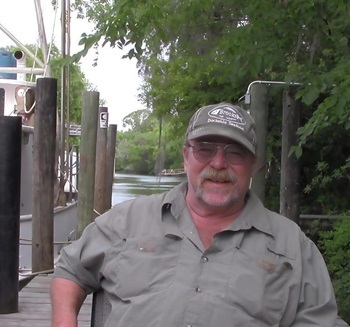 Commercial fishing is vital to Florida’s culture and identity. Today, Florida fishermen like me land $209 million worth of fish and shellfish in dock-side value alone. The economic impact of the commercial fishing industry ripples up the supply chain generating $8.7 billion. Hundreds of millions of tourists travel to Florida to enjoy fresh seafood in the Sunshine State. The National Marine Fisheries Service (NMFS) “Status of the Stocks” report that was recently released would have you believe that everything is rosy. But let me tell you what’s really happening – what you don’t see in that federal report – from the perspective and experience of someone who makes a living on the water in the Gulf of Mexico. more, >>CLICK TO READ<< 07:29
Commercial fishing is vital to Florida’s culture and identity. Today, Florida fishermen like me land $209 million worth of fish and shellfish in dock-side value alone. The economic impact of the commercial fishing industry ripples up the supply chain generating $8.7 billion. Hundreds of millions of tourists travel to Florida to enjoy fresh seafood in the Sunshine State. The National Marine Fisheries Service (NMFS) “Status of the Stocks” report that was recently released would have you believe that everything is rosy. But let me tell you what’s really happening – what you don’t see in that federal report – from the perspective and experience of someone who makes a living on the water in the Gulf of Mexico. more, >>CLICK TO READ<< 07:29
Letter: No. 1 Concern Is Offshore Wind Impact on Ocean
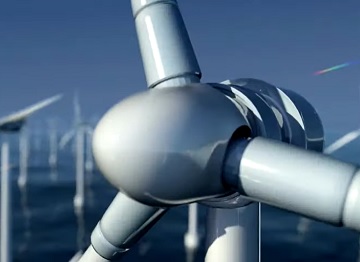 I am the fourth generation of residents, homeowners, business owners and taxpayers on Long Beach Island, as well as the granddaughter of a commercial fisherman and scalloper out of Barnegat Light. I take offense when someone says I have a case of the NIMBYs (Not In My Back Yard). This is the country’s entire coastal backyard. I am not opposed to “green” energy or for fossil fuels. I am against the destruction of our ocean. Period. The amount of resources the world receives from the ocean is immeasurable. I am not concerned with the view or real estate, tourism and the rest. Of course, all of that will be colossally impacted. My main concern is with the destruction of one of the world’s most precious resources, our ocean. more, >>CLICK TO READ<< 07:43
I am the fourth generation of residents, homeowners, business owners and taxpayers on Long Beach Island, as well as the granddaughter of a commercial fisherman and scalloper out of Barnegat Light. I take offense when someone says I have a case of the NIMBYs (Not In My Back Yard). This is the country’s entire coastal backyard. I am not opposed to “green” energy or for fossil fuels. I am against the destruction of our ocean. Period. The amount of resources the world receives from the ocean is immeasurable. I am not concerned with the view or real estate, tourism and the rest. Of course, all of that will be colossally impacted. My main concern is with the destruction of one of the world’s most precious resources, our ocean. more, >>CLICK TO READ<< 07:43
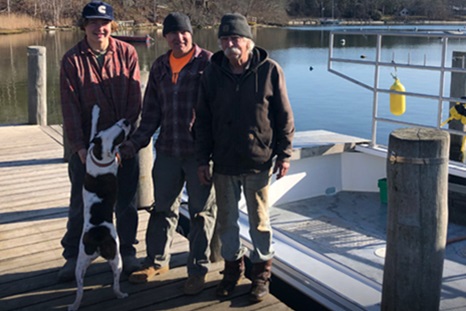
Wind turbines and a shadow over Island fishers
Their boat is named Redemption. And as seventeen-year-old Tegan Gale walked onto the lobster boat docked at Tashmoo landing on a warm March Day, he was thinking about what the boat meant to him and about his future. Tegan says he loves being out on the water, and he wants to keep the family tradition alive, but he’s up against what he sees as big business and a lot of uncertainty. And now, there’s another layer of uncertainty: the new offshore wind industry. Tegan isn’t alone. Several Island fishermen say the new industry has the potential to disrupt their work for years to come. They have questions about the impacts of underwater cables extending from the turbines and dragging nets over the high-voltage wires. They also have fears about the impact to sea life during construction of the offshore wind farms. more, >>click to read<< 13:26
Federal Government Picks New England Offshore Wind Power Site, Drawing Cheers and Questions Alike
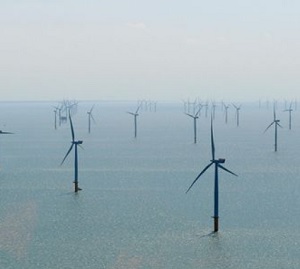 The federal government on Friday designated a large area off the New England coast for offshore wind production development, setting the stage for a possible lease sale within the Gulf of Maine. The U.S. Bureau of Ocean Energy Management said in a statement that the New England zone, which renewable energy advocates have identified as crucial for the growth of wind power, “avoids important areas for lobster fishing, North Atlantic right whale habitat, and other important fishing areas and habitats.” The move came a day after the country’s first commercial-scale offshore wind farm opened off Montauk Point, New York. Environmental groups cheered the announcement, but some members of the commercial fishing industry, which has opposed wind development in areas where they trap lobsters, said they still have concerns about locating offshore wind in the area. more, >>click to read<< 12:23
The federal government on Friday designated a large area off the New England coast for offshore wind production development, setting the stage for a possible lease sale within the Gulf of Maine. The U.S. Bureau of Ocean Energy Management said in a statement that the New England zone, which renewable energy advocates have identified as crucial for the growth of wind power, “avoids important areas for lobster fishing, North Atlantic right whale habitat, and other important fishing areas and habitats.” The move came a day after the country’s first commercial-scale offshore wind farm opened off Montauk Point, New York. Environmental groups cheered the announcement, but some members of the commercial fishing industry, which has opposed wind development in areas where they trap lobsters, said they still have concerns about locating offshore wind in the area. more, >>click to read<< 12:23
Commercial Fisherman in Northern California Takes Legal Action to Challenge Dock Prices
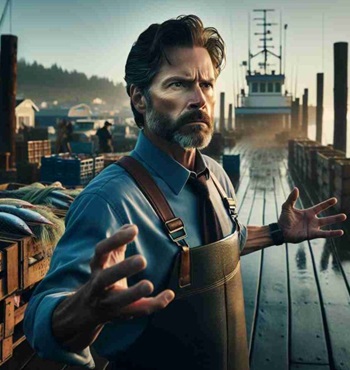 In the commercial fishing industry, rising costs, particularly fuel prices, have long been a major concern for fishermen across the United States. However, one commercial harvester in Northern California has taken a different approach to address the issue by bringing the matter to court. Recognizing the significant impact of dock prices on their livelihood, this fisherman has decided to challenge the current pricing structure through legal action. While many others have voiced their concerns about rising costs, this individual has taken a proactive stance by seeking legal remedies. By challenging the dock prices through legal means, this fisherman hopes to encourage a wider dialogue about the financial hardships faced by those in the fishing industry. more, >>click to read<< 07:59
In the commercial fishing industry, rising costs, particularly fuel prices, have long been a major concern for fishermen across the United States. However, one commercial harvester in Northern California has taken a different approach to address the issue by bringing the matter to court. Recognizing the significant impact of dock prices on their livelihood, this fisherman has decided to challenge the current pricing structure through legal action. While many others have voiced their concerns about rising costs, this individual has taken a proactive stance by seeking legal remedies. By challenging the dock prices through legal means, this fisherman hopes to encourage a wider dialogue about the financial hardships faced by those in the fishing industry. more, >>click to read<< 07:59
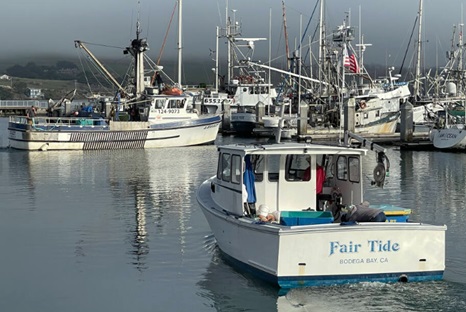
Dungeness crab season gets underway amid hope for relief in commercial fishing fleet
On Sunday, veteran fisherman Chris Lawson learned he had lost his eldest granddaughter in a terrible crash on the Bay Bridge. The next day, he was out on his commercial fishing vessel, Seaward, setting traps on the ocean floor in preparation for the delayed start of the Dungeness crab season Thursday at 12:01 a.m. Moving on is part of the grieving process, said Lawson, a third-generation commercial fisherman. But this year, it also was a necessity. Scarce fishing opportunities over the past year have pushed many in the commercial fishing industry to the brink, so the chance to finally harvest crab, even in the middle of the night, was not to be missed. Lawson’s girlfriend’s son, whom he calls his “stepson,” launched as well, setting pots from a second boat. Video, photos, more, >>click to read<< 08:18
Bristol Bay Fishermen Celebrate Supreme Court Decision to Reject Alaska v. EPA
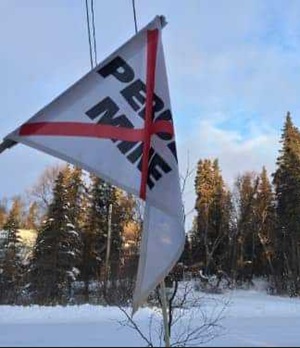 Monday, the United States Supreme Court announced their decision to reject the State of Alaska’s challenge of the Environmental Protection Agency’s (EPA) Clean Water Act veto of the proposed Pebble Mine. Commercial fishermen joined Bristol Bay Tribes and a majority of Alaskans in asking EPA to act to veto Pebble Mine over a decade ago. This protective action, finalized in January of 2023, ensured that Bristol Bay’s irreplaceable salmon runs – which sustain the people, culture as well as the foundation of a commercial fishing industry that generates more than $2 billion annually in economic output and supports more than 15,000 jobs – are not impacted by irresponsible open pit mining. more, >>click to read<< 14:05
Monday, the United States Supreme Court announced their decision to reject the State of Alaska’s challenge of the Environmental Protection Agency’s (EPA) Clean Water Act veto of the proposed Pebble Mine. Commercial fishermen joined Bristol Bay Tribes and a majority of Alaskans in asking EPA to act to veto Pebble Mine over a decade ago. This protective action, finalized in January of 2023, ensured that Bristol Bay’s irreplaceable salmon runs – which sustain the people, culture as well as the foundation of a commercial fishing industry that generates more than $2 billion annually in economic output and supports more than 15,000 jobs – are not impacted by irresponsible open pit mining. more, >>click to read<< 14:05
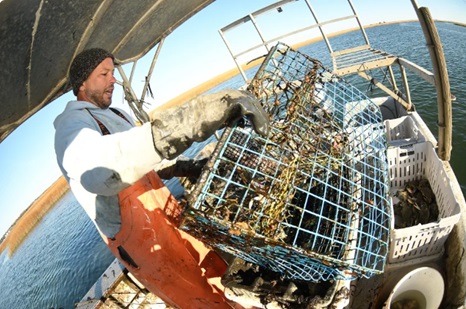
Hook, line and sinking: What’s the future of NC’s commercial fishing industry?
With a well-trained hook of the line by one of the founders and co-owners of Wilmington’s Seaview Crab Company, a few loops around the puller and a flick of a switch, the crab pot soon emerged. Inside the pot, a dozen or so blue crabs scampered around, some using their impressive claws to attach themselves to the mesh-sides of the cage. “It’s not always easy, but this never gets old,” Romano, 44, said as he emptied the crabs into a holding bin before checking to make sure they were all of legal size, the lucky ones getting tossed back into the waterway. The others were divided by size into containers to be sold individually − “These are the ones everyone wants,” Romano joked as he held up a good-sized crab − or to be sent to a crab house to be picked apart for their meat. photos, more, >>click to read<< 07:12
Bay Port Fishing Company: A 128-year legacy in Huron County
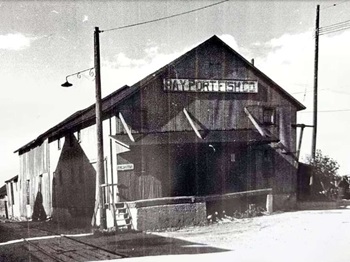 For the last 128 years, the Bay Port Fishing Company has been on the mountaintop, withstood troubling times, and still provided fresh fish year-round to the residents of Huron County and beyond. The Bay Port Fishing Company was established in 1895 off the dock of Bay Port between Lake Huron and Saginaw Bay, by W.J. Orr and W.H. Wallace. During the early years, fisherman used sailboats to make runs, placing and tending their nets. During the winter months, they chopped holes through the ice to continue fishing and preserving the catches in salt and packed them up in kegs. Photos, more, >>click to read<< 10:12
For the last 128 years, the Bay Port Fishing Company has been on the mountaintop, withstood troubling times, and still provided fresh fish year-round to the residents of Huron County and beyond. The Bay Port Fishing Company was established in 1895 off the dock of Bay Port between Lake Huron and Saginaw Bay, by W.J. Orr and W.H. Wallace. During the early years, fisherman used sailboats to make runs, placing and tending their nets. During the winter months, they chopped holes through the ice to continue fishing and preserving the catches in salt and packed them up in kegs. Photos, more, >>click to read<< 10:12
Port in Tottori striving to save commercial coastal fishing
One of Japan’s prominent fishing ports and a frequent stop for foreign luxury cruise liners, the city of Sakaiminato on the Sea of Japan coast bolsters the local economy in a remote western region of the country. Also thriving as a trading base after Japan opened up the country in the mid-19th century thanks to its relative proximity to the Korean Peninsula, the Tottori Prefecture city with a population of 33,000 is dubbed a “fishing town” for being a good natural port endowed by rich fishing banks in adjacent waters. This has historically provided the solid foundation for the prosperity of the offshore fishing operation based in Sakaiminato, where efforts are now being made to keep aloft its coastal fishing — the other main style of commercial fishing that has helped feed the city. more, >>click to read<< 13:23
$500K Earmarked For Cape Cod Fisherman. Here’s What It’ll Go Toward
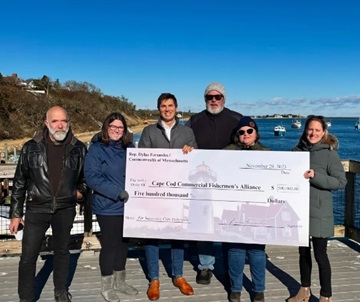 On Wednesday, State Rep. Dylan Fernandes presented that $500,000 in funding to the Cape Cod Commercial Fishermen’s Alliance (CCCFA), with a stated goal to support Cape fishermen and sustainable fishing livelihoods on the Cape and Islands. “Fishing is not just an industry on the Cape and Islands – it is woven into the very culture and fabric of our communities,” said Rep. Fernandes. “These funds are a pathway toward adaptive fishing practices, healthier oceans, and a sustainable industry that can be passed down to future generations of fishing families.” more, >>click to read<< 13:02
On Wednesday, State Rep. Dylan Fernandes presented that $500,000 in funding to the Cape Cod Commercial Fishermen’s Alliance (CCCFA), with a stated goal to support Cape fishermen and sustainable fishing livelihoods on the Cape and Islands. “Fishing is not just an industry on the Cape and Islands – it is woven into the very culture and fabric of our communities,” said Rep. Fernandes. “These funds are a pathway toward adaptive fishing practices, healthier oceans, and a sustainable industry that can be passed down to future generations of fishing families.” more, >>click to read<< 13:02

The NSW commercial fishing industry condemns offshore wind farm proposal for the Hunter and Illawarra regions
Tricia Beatty, Chief Executive Officer of the Professional Fishermen’s Association of NSW said today, “The proposal being considered by the Federal Government is ludicrous and will have a devastating impact on endangered, protected species as well as devastating our commercial fishing families and seafood consumers of New South Wales.” “The studies done to date demonstrates enough evidence that listed threatened species and ecological communities, as well as listed migratory species (protected under international agreements) will be impacted by the proposed wind farms. There is also some opinion amongst the scientific community that there is a link between both the increased mortality rate of whales alongside the expansion of offshore wind infrastructure on the busy coastal cities of New York and New Jersey, although this is still being studied. The areas proposed for the offshore windfarms is in the migratory path of important species such as southern right whales (one of the most endanger large whale species in the world) and humpback whales”, said Ms Beatty. >click to read< 08:40
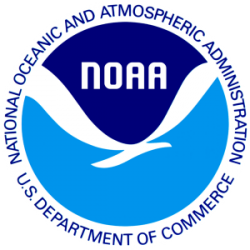
NOAA outlines sweeping plan to boost the nation’s seafood industry
The National Oceanic and Atmospheric Administration has released a sweeping five-year plan to prioritize and promote the country’s commercial fishing industry. NOAA Fisheries announced its National Seafood Strategy on Wednesday. The agency said in a press release that the plan will “outline the direction” of the country’s seafood sector. It’s the first time NOAA has released an overall strategy aimed at addressing industry needs – the agency says it will complement other federal policies that are already in place. >click to read< 11:29
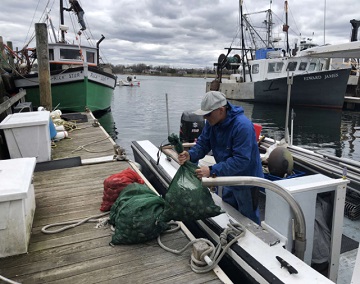
Rhode Island’s commercial fishing industry, by the numbers
The calamari comeback is going strong, while lobsters lag and flounders flounder. That’s according to a new Department of Environmental Management report on the fishing industry last year. In 2022, the overall value of commercial fishing landings in Rhode Island was $100.6 million. That’s about 10 percent lower than 2021 when you account for inflation. The drop is discouraging, but there’s a lot that plays into seafood landings annually, including biological, fisheries management, and economic factors, according to Conor McManus, chief of DEM’s Division of Marine Fisheries. The full DEM report also takes a look at recreational fishing, but for today, we’ll stick with a seafood sampler of data about the commercial fishing industry. >click to read< 08:23
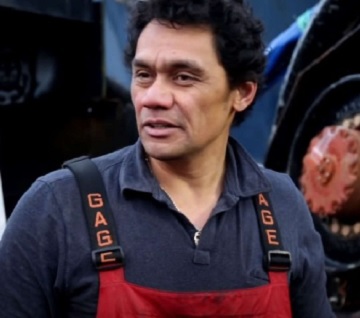
Toughest Cast Members From Deadliest Catch
It’s easy to fall into the trap of beginning to think that just because “Deadliest Catch” is on television, there’s no way that the producers or the network could possibly let anything happen, but here’s the thing: The Bering Sea doesn’t really care who’s watching, and one slip-up can mean the end of a life. Those who go out, do so prepared to face the worst. That said, not all crew members are made of the same stuff. There are some that have been forged in fire, come out the other side, and then gone on to spend months at a time in one of the most unforgiving landscapes in the modern world. That takes a kind of toughness that can’t be measured … and it’s one that’s not always about who can bench-press the most. >click to read< 11:02
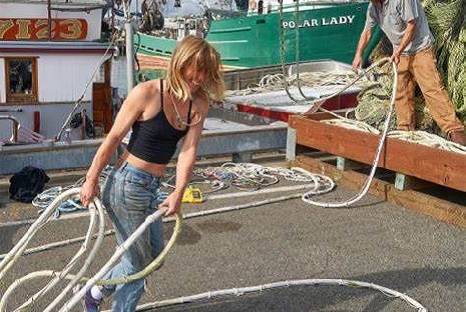
More women are casting their net into the salmon fishing industry
Breaking into a man’s industry isn’t easy, but “in large part, the industry is welcoming to women,” says Captain Allison Demmert, preparing her boat dockside at Fishermen’s Terminal. Allison is gearing up for the Alaska salmon season on the 58-foot F/V Chirikof (named for the Russian navigator who explored the Northwest coast of North America). Having captained the F/V Ultimo, moored one dock over, with four women out of a crew of five aboard, this year she will co-skipper their  purse seiner with her father Captain Guy Demmert and a crew of two men and two women. Born into an Alaskan family that has fished salmon for generations, she expanded her hands-on training with a maritime-engineering education. Mastering credentials like “advanced firefighting,” she’s in charge of “navigation, route planning and vessel maneuvering in all kinds of weather.” It’s a job that calls for “stamina, agility and above all, calm.” photos, >click to read< 14:38
purse seiner with her father Captain Guy Demmert and a crew of two men and two women. Born into an Alaskan family that has fished salmon for generations, she expanded her hands-on training with a maritime-engineering education. Mastering credentials like “advanced firefighting,” she’s in charge of “navigation, route planning and vessel maneuvering in all kinds of weather.” It’s a job that calls for “stamina, agility and above all, calm.” photos, >click to read< 14:38
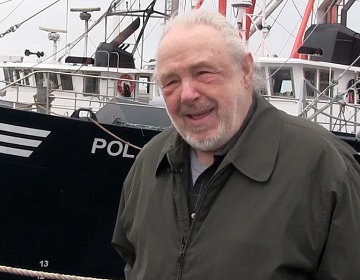
The Emerging American Offshore Wind Industry is Impacting the Community of New Bedford
The Port of New Bedford is home to the wealthiest commercial fishing industry in the country. As the dominant port on the east coast, New Bedford has one of the best industrial working waterfronts with services that completely support marine industrial businesses. Fisherman are concerned that these wind developments will harmfully impact the fishing economy. With commercial fishing at the core of New Bedford’s economy, there are concerns regarding management and maintenance of both industries cohabitating. “I was adamantly opposed to having them offshore, to be honest with you. I don’t feel it’s a good environment for them,” said Captain Jim Kendall, a retired scalloper. “I think it’s going to be real problematic for them, plus it’s parking these towers right where these boats fish.” >click to read< 08:06
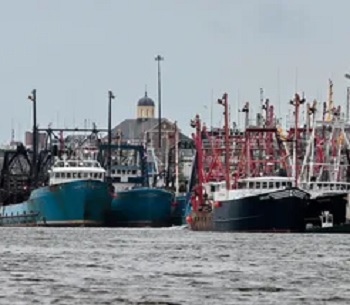
Profitable Port of New Bedford draws IRS scrutiny of tax evading fishermen
As the nation’s number one commercial fishing port, New Bedford is very much on the radar. “The statistics we have cover the six New England states but really the fishing industry is significant in Rhode Island, Maine and Massachusetts, with, of course, New Bedford being the most valuable port not only in New England but in the United States,” said IRS Criminal Investigation Supervisory Special Agent Matthew Amsden. Seven New England fishermen, including three from New Bedford and one from Fall River, were charged last month with tax evasion and failing to file returns. The other three indicted were from Rhode Island, according to a press release from the IRS Criminal Investigation unit. >click to read< 07:40
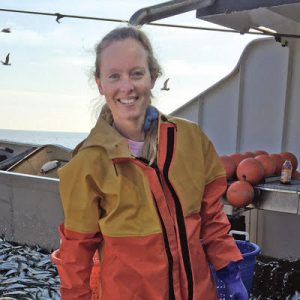
Witness Drives Home Marine Vessel Safety Concerns as Offshore Wind Growth Questioned
“Radar interference is a major safety problem for our vessels,” said Megan Lapp, the fisheries liaison for a Rhode Island-based seafood company who has spent close to a decade studying the impact of offshore wind farms on the commercial fishing industry. “Marine navigation without reliable radar is a life-threatening situation.” Lapp’s comments came during the first congressional hearing on the industrialization of the ocean earlier this month. She was one of six witnesses to testify before House of Representatives members Jeff Van Drew and Chris Smith of New Jersey, Andy Harris of Maryland and Scott Perry of Pennsylvania on March 16 in Wildwood. >click to read< 09:01
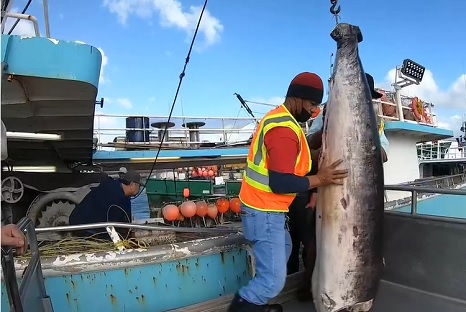
Have you tried the other white meat? … Swordfish
Hawaii’s commercial fishing industry is asking Hawaii families to consider (or reconsider) a fish that’s fallen out of favor over the years. While Hawaii is known for its ahi and other tuna, swordfish is actually a big part of the commercial fishing industry in the islands. So much so that the Hawaii Longline Association says its fleet provides about half the country’s demand for swordfish, caught more than 1,000 miles north of Hawaii. But while more than 80% of the fresh fish sold in Hawaii stays here, that’s not the case for swordfish. “It’s kind of reverse, most goes to the mainland instead of retain here locally,” said Eric Kingma, executive director of the Hawaii Longline Association. Video, >click to read< 08:49

Scuttled Offshore Wind Plans Are Good News For Ratepayers, North Atlantic Right Whales
The hype about offshore wind energy keeps getting scuttled by reality. That’s the clear conclusion from last month’s announcement that Spanish utility company, Avangrid, was halting work on the proposed 1,200-megawatt Commonwealth Wind project because it was “no longer viable.” The company also announced it was delaying the start of another offshore project, the 800-megawatt Park City Wind project. While Avangrid has since said it would still move forward on the Commonwealth project, here’s the undeniable truth: the fewer offshore wind turbines get built, the better it will be for ratepayers, the commercial fishing industry, and the critically endangered North Atlantic Right Whale. >click to read< 07:48
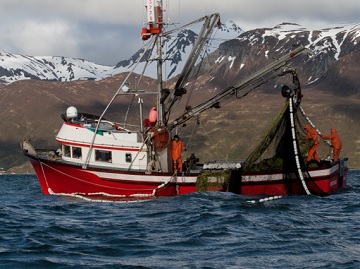
Coast Guard: Additional Actions Needed to Improve Commercial Fishing Vessel Safety Efforts
To improve safety in the extremely dangerous commercial fishing industry, Coast Guard examines fishing vessels’ documents and safety equipment, and conducts outreach to fishers, among other efforts. But, Coast Guard hasn’t fully implemented 17 of 22 statutory requirements to improve commercial fishing vessel safety. For example, Coast Guard hasn’t developed a training program for commercial fishers or re-established an advisory committee on industry safety issues. In addition, Coast Guard doesn’t have a detailed plan to guide their efforts to fully implement the outstanding statutory requirements. Our recommendations address this and more. >click to read< 09:12
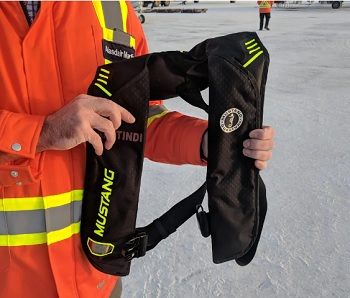
PFD’s: New Brunswick to make personal flotation devices mandatory for commercial fishing industry
The New Brunswick government has introduced legislation to make personal flotation devices or life jackets mandatory for the commercial fishing industry, answering a recommendation issued after two fishermen drowned in 2016. There is no requirement for fishers to wear life jackets, or PFDs, under current legislation, something the Transportation Safety Board of Canada said should change given the frequency of drowning in the industry. Fishing vessels are not considered workplaces under the province’s Occupational Health and Safety Act, leaving WorkSafeNB unable to enforce safety standards. >click to read< 21:43






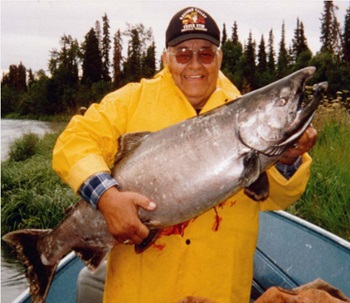

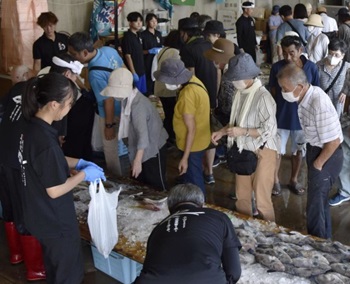
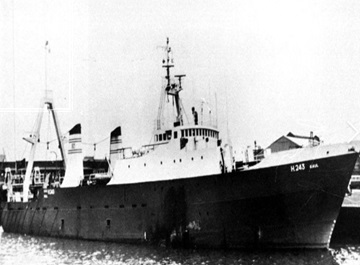
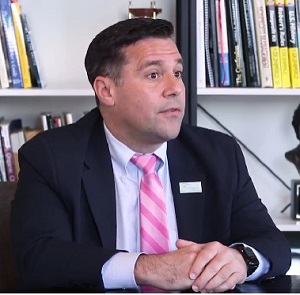
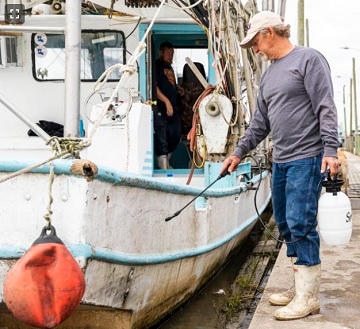
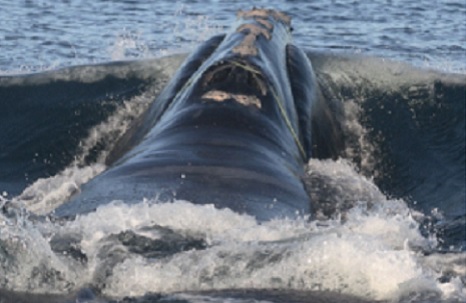



























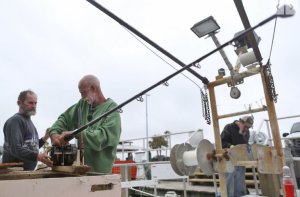
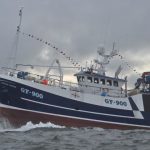

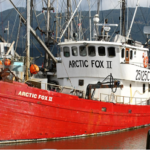
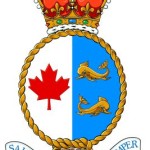
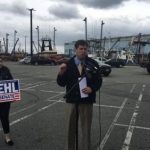

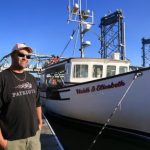
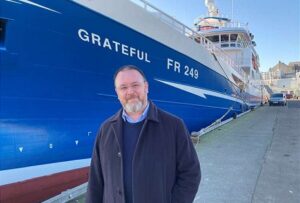
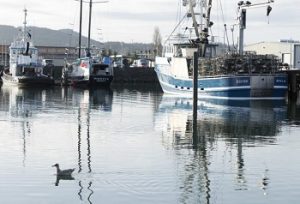
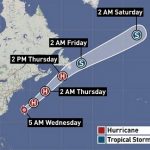
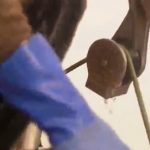



Commercial fishing industry deserves greater appreciation
Share this post